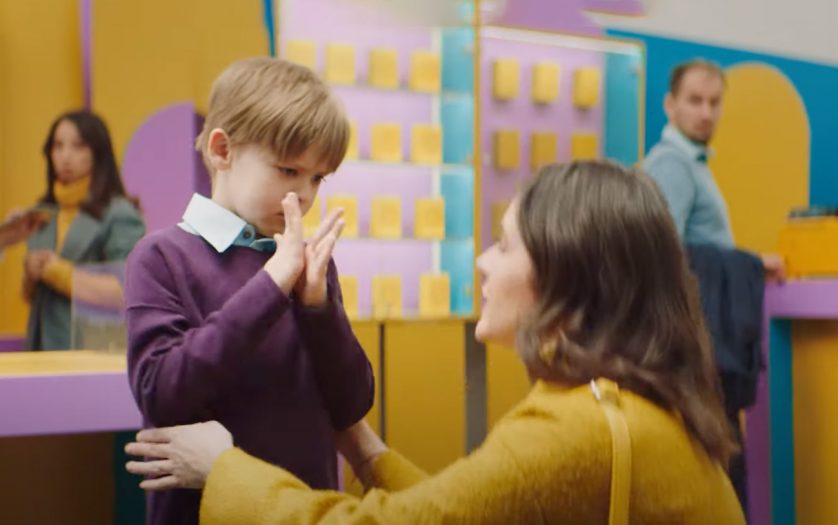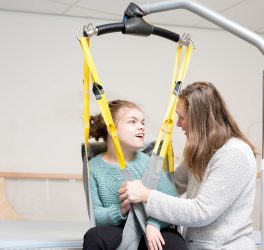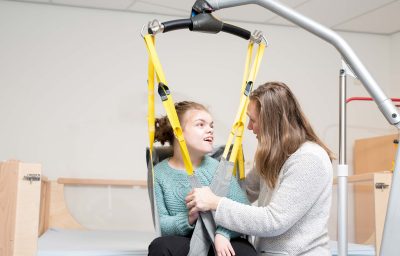
Specialists at the Novosibirsk Academpark in Russia created an AutismCare bracelet that monitors the emotional state of children with autism.
Along with Beeline, scientists and specialists from the field of neuroscience, as well as parents of children with autism spectrum disorder (ASD), also took part in the development of the device.
The AutismCare bracelet measures the physical parameters of a child’s autism using sensors integrated into it. These sensors record galvanic skin reactions, the frequency and rhythm of the pulse and the level of physical activity of the child. The analysis of these biological and physiological parameters enables the bracelet to evaluate the level of stress that the child is experiencing in different situations.
All information received from the sensors built into the bracelet is transmitted via a GSM channel to the phone of parents or teachers. With this valuable data, they can assess the degree and nature of the child’s emotional arousal and, if required, avert the evolution of a psycho-emotional breakdown or panic attack.
Sergey Lidzhiev, founder and head of the AutismCare project, said, “Our team is developing a comprehensive solution to the problems of families with children with autism. We see our task in creating both a technical aid to control emotional arousal and an online consultation platform where parents of children with autism and educators can receive qualified help remotely.”
Igor Shpitsberg, correctional teacher, specialist in the field of rehabilitation of people with autism, and founder and head of “Our Sunny World,” a center for the rehabilitation of children with disabilities, said, “In order to create an integral high-quality system of continuous support of children with ASD, three competencies should be combined: parents, teachers and social institutions. The creation of such a bracelet is an important step for the development of inclusive technologies in our country. It will be very useful for teachers of correctional classes, for people who lead various children’s creative sections, for example, drawing or music, sports sections. It seems to me that the future belongs to such technologies.”








